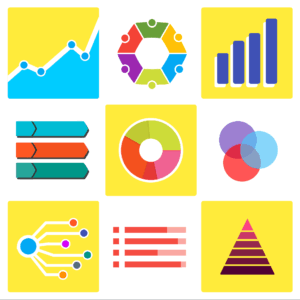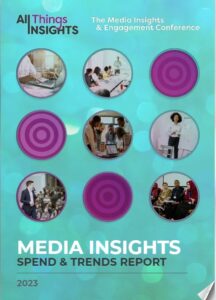Going Beyond the Surface of Sentiment Analysis
The open Internet sentiment analysis process identifies trends, product strengths and weaknesses, opportunities, and shifts in consumer behavior by assigning sentiment scores (positive, negative, or neutral) to large volumes of text data, enabling businesses to make data-driven decisions and optimize strategies.
With the growth of AI-enabled tools, more qualitative data can be sifted through, zeroing in on precise information to understand consumer viewpoints, opinions and emotions on brands and products, as well as other topics and themes. Algorithms and machine learning models categorize language based on tone, emotional intent and sentiment polarity (how positive, negative or neutral the message is).
This might be nearly impossible to do without AI and sentiment analysis tools, as there could be thousands of brand mentions and product reviews spread across multiple channels and platforms. This can be especially relevant for current and trending topics that might be occurring in real-time or coinciding with a political event, holiday or news media cycle, for example.
Benefits of these techniques, especially in light of the vast amounts of data available on the open Internet, include insights on brand reputation, and gaining more specific industry or product category insights. This could lead to building more custom audience segments, for example. This also provides opportunities for real-time monitoring, enabling continuous monitoring of market sentiment and allowing for rapid responses to changes or emerging issues.
Signals from the Noise
During TMRE 2025, Jennifer Ng, GM, Advertiser Insights at The Trade Desk, will hold the presentation, “Turning Signals into Strategy: How Open Internet Sentiment Fuels Smarter Decisions.” This session reveals how an innovative insights tool is redefining what’s possible in sentiment tracking by tapping into the open Internet for real-time insights. Discover ideas for moving away from static surveys to living, breathing signals to help deliver timely, actionable insights and make more strategic decisions.
Key takeaways: Understand how this innovative tool collects and analyzes real-time sentiment data across the open Internet; see real-world examples of how brands are using continuous sentiment tracking to inform decisions and new strategies; and learn how new tools like this can complement and enhance traditional research methods.
Knowing the Sentiment Score
According to Sprout Social’s “Top 16 sentiment analysis tools to consider in 2025,” here are some of the core capabilities of a brand sentiment analysis tool:
- Emotion and tone detection: Identifies emotional cues in text based on word choice, syntax, formatting and context.
- Polarity scoring: Classifies feedback into positive, negative or neutral sentiments.
- Text classification: Automatically tags content by topic, urgency or emotion, to automate response planning.
- Entity and keyword extraction: Picks up on mentions of products, people or competitors and analyzes the sentiment associated with these keywords.
- Trend detection and segmentation: Tracks changes in brand sentiment over time, across locations or within defined audiences.
- Video and image input: Some advanced software uses AI vision tools and object recognition to analyze visual cues and facial expressions.
- Multilingual analysis: Sentiment tools aren’t limited to one language. They can recognize emotional text across multiple languages and dialects for global customer insights.
Sprout Social additionally lists 16 sentiment analysis tools, categorized by full stack, social media, news, and text sentiment analysis.
The challenges and opportunities of sentiment analysis tools are numerous—but consumer expectations continue to grow every year. Brand trust and brand loyalty are harder to earn and keep over time as the emphasis remains on the consumer’s experience with that brand or product. Knowing the “why,” after all, is part of the challenge of listening to how consumers ultimately feel about a brand.
As Qualtrics notes in its blog, “Sentiment analysis and how to leverage it,” “Customers today expect to be understood. They want organizations to listen —not just to what they say, but to how they feel. And with so much feedback coming through open text, understanding those emotions at scale has never been more important.”
Video: “What is Sentiment Analysis?” courtesy of IBM Technology.
Contributor
-

Matthew Kramer is the Digital Editor for All Things Insights & All Things Innovation. He has over 20 years of experience working in publishing and media companies, on a variety of business-to-business publications, websites and trade shows.
View all posts















































































































































































































